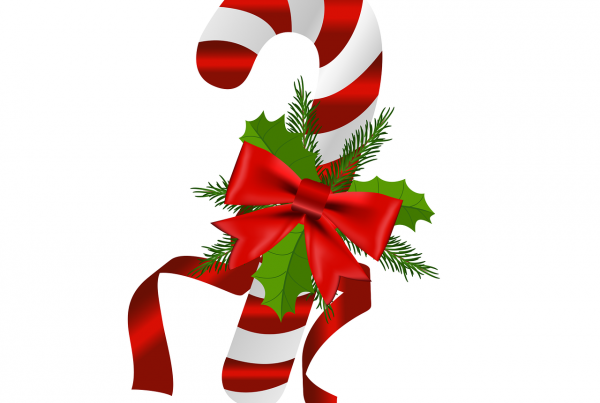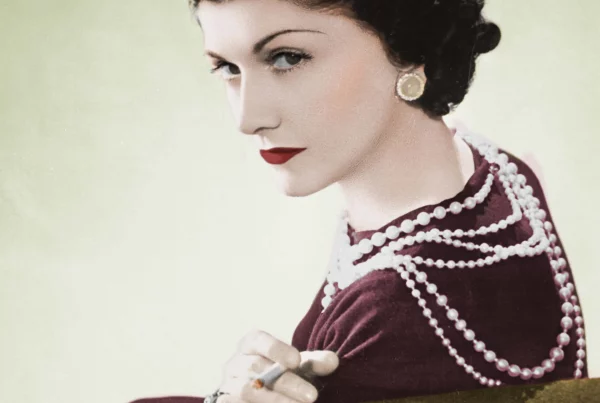O rigine of the carnival and why do we dress up in France?
The carnival is now a tradition of international renown. Once rejected by Christians, it is now organized in several European and American countries. The most famous carnivals are those of Rio, Venice and Dunkirk. And many others throughout the world. But it would be interesting to ask about the origin of the carnival and the disguises in France. This way you can learn more about the French culture. Here is an article that helps you to make a feedback / a return on the origins of this tradition.
Origin of the carnival
The carnival festival has several origins from ancient times to the Middle Ages. In Babylon in the past, the inhabitants of this country had dedicated 5 days of festivities in honor of the goddess Anaïtis. These festivities called Sacées were organized in order to celebrate the arrival of spring and the renewal of nature.
The carnival was held according to a very simple principle. It was a question of wearing a mask and reversing roles to better indulge in relaxation. Indeed, the fact of reversing the roles was a practice of the festivals which took place during the periods of the antiquity from which the carnival was inspired. Thus, the masters took the places of the slaves and the slaves those of the masters.
The Greeks, for their part, organized festivals in honor of the god of fertility, wine and vegetation called Dionysus. They organized parades and festive theaters. Apart from that, the Romans also had great festivals called Saturnalia to honor the god of agriculture and time called Saturn. These festivals lasted 8 days and they also practiced the permutation of roles.
During the Middle Ages, the Catholic Church was opposed to these festivals which it considered to be of pagan origin. But over time and in order not to trigger tensions, it ended up adapting this festival to Christian realities.
Since the eighth century, in the Catholic Church, Carnival was organized before the beginning of the Lenten period. This time was dedicated to various relaxations. More commonly known as Mardi Gras, a time when one could still eat fatty products before the period of LENT (a period of fasting of 40 days) which begins the next day called Ash Wednesday.
On this occasion, in addition to the carnival and the festivities, one could see everywhere in the thatched cottages for this last “fatty” meal (eggs, butter etc) of the doughnuts, bugnes in dessert.
What is a doughnut?
It is a thicker dough than the pancake dough of the Candlemas, that we use to coat fruits or other, that we put to fry and inflate in very hot oil. So, we speak of doughnuts according to the regions and thus of frying.
Doughnuts are found in different forms throughout the world. To quote some of them: In the United States, we eat donuts or doughnuts, donuts in Quebec. In Poland they are pouchkis, and in Russia pichkis. In Finland, we devour munkkis. In Italy, there are many varieties of doughnuts such as castagnole or chiacchiere…
And in France?
In France each region has its own doughnut, and they are all more appetizing than the others! They change shape, flavors and names depending on the region. Impossible to list them all without forgetting some… bugnes, oreillettes, bottereaux or tourtisseaux, foutimassons, pets de nonne, croquignoles, merveilles, rissoles, apple fritters…


Why do we dress up in France during carnivals?
The purpose of the carnival is to enjoy the festive atmosphere and also to reverse the roles. This tradition still exists in some countries, such as in French Guiana with the “Touloulous”. It is difficult to know if it is a man or a woman under the disguises, petticoats and carnival masks.


If you want to learn more about French culture, you should know that in France at one time, slaves had to dress up as their masters. Thus, they wore disguises and masks to better mock the rulers.
Similarly, children could mask their faces to mock their elders without being noticed. The technique of disguise thus aimed at protecting the identity of the people to avoid the reprisals at the end of the period of the carnivals.
In addition, disguises allow people to have fun without complexes or to put themselves in the shoes of the person they would like to be in reality. Thus, children often dressed up as the superheroes they liked. Sometimes just to liven up the atmosphere, rich people dressed up as poor people and girls dressed up as boys.
Moreover, according to some sources, the practice of wearing masks on carnival day was inspired by the peasants. They used to dress up as the “dead”, which they believed would attract the spirit of the dead and promote better harvests in the spring. You have now learned a little more about French culture. There are many things to know about this country.
Carnival is now celebrated between the end of January and the end of March. Then, 47 days later comes Easter, another opportunity to feast. Yummy!







